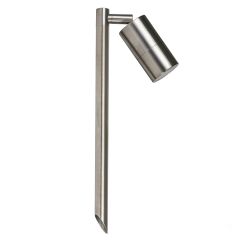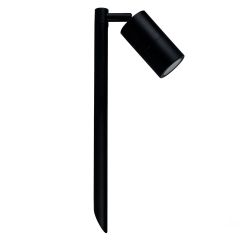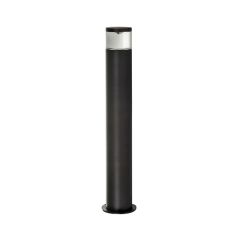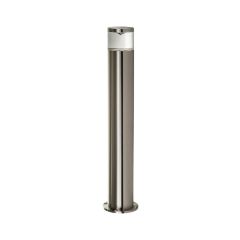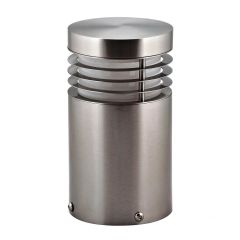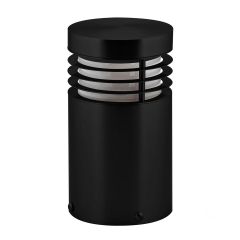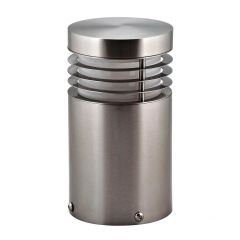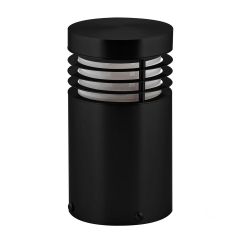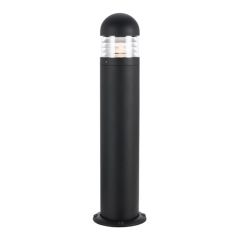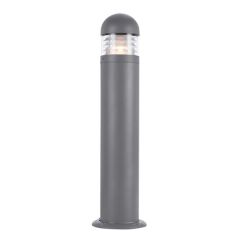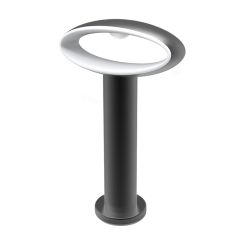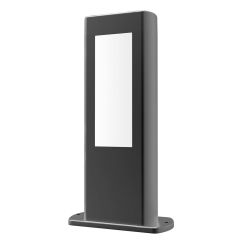Consider the following options for pathway lighting: solar and low-voltage, both utilizing energy-efficient light-emitting diodes (LEDs). In the past, outdoor halogen lights were common, but their energy consumption outweighed their longevity compared to LEDs.
When making your pathway light selection, take these factors into account:
Built-in VS Freestanding - Path lights can either be inserted into the ground along the pathway or integrated into surrounding structures like walls, posts, or steps.
Solar VS Low-Voltage - Solar lighting fixtures are effortlessly deployed by placing them in a sunny location and waiting for sunset. On the other hand, low-voltage lighting offers greater reliability, involving underground wiring and connecting to a power outlet via a transformer.
Focused VS Ambient - Ideally, pathway lighting should be positioned close to the ground. You have the option to choose fixtures that focus the light solely on the path or also illuminate the surrounding area. Ambient lighting works best to highlight features along the pathway, such as plants or rocks.
Budget - Set a clear budget for your lighting project and ensure you stick to it. Avoid getting overly attached emotionally and spending beyond your means, as it is a common pitfall to overspend when emotions come into play.




